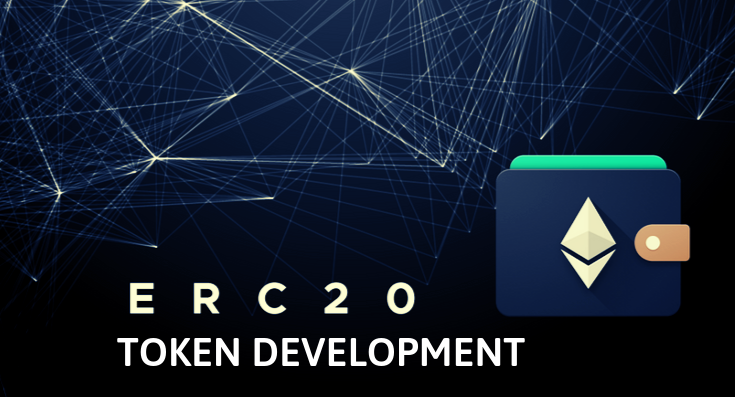With industry-leading token development services, you can consolidate your crypto token dominance. Launch your crypto token and quickly build up your crypto business with the help of a leading token development company. We are a token development company that provides creative token development services. We offer multiple blockchain options, such as EOS, Ethereum, Tezos, TRON, Matic, and Binance Smart Chain, to help you establish your premium token authority.
As a leading ERC20 token development company, we can assist you in traversing your whole token development process by helping you establish an entirely new blockchain from the ground up. We assist in developing a mission-driven, complete approach to token development, from choosing the suitable blockchain to leveraging the blockchain technology’s internal architecture.
What Does The ERC20 Token Development, And How Does It Work?
The proposal identifier number is 20. ERC stands for Ethereum Request for Comment. ERC20 was created to improve the Ethereum network. One of the most notable ERCs is ERC20. It has become the technological standard for creating smart contracts on the Ethereum blockchain network, which is used to implement tokens. ERC-20 is a set of guidelines that all Ethereum-based tokens must follow. Tokens are blockchain-based assets that may be sent/received and have value, according to the ERC20 standard. In many ways, ERC20 tokens resemble Bitcoin and Litecoin. However, ERC20 tokens utilize Ethereum’s blockchain network instead of running on their blockchain network and require a gas fee for transactions.
Before ERC20, everyone who generated a token had to reinvent the wheel, meaning each token was unique. Creating new tokens can be challenging since no clear structures or guidelines exist. To work with another token, a developer must comprehend that token’s complete intelligent contract code. Adding multiple types of tokens forced developers to read through every token’s code and understand how to handle those tokens on their platforms, which was especially painful for wallets and exchange platforms. Adding additional tokens to any app was a challenge. Today, the ERC20 standard is used by wallets and exchanges to integrate multiple standardized tokens into their platforms. It promotes easy exchange between ERC20 tokens and other tokens. The ERC20 token standard has made token interaction almost painless.
A Wallet for Ethereum with a Unified Design
Since introducing the ERC20 standard (EIP20), it has been clear that tokens will play a significant role in the Ethereum ecosystem. The Ethereum wallet was created with a single design in mind. From the standpoint of the user, Ether and tokens should be handled similarly. The APIs for transmitting Ether and sending tokens are very different under the hood. Checking the balance is also possible, although they will appear the same on the GUI.
To send Ether, we’ll need to use the web3.js library’s native functionalities, whereas sending tokens and checking balances will require interaction with a smart contract. I’ll return to this topic later.
Redux and Redux-Saga are two different kinds of redux.
The wallet benefits substantially from using the Redux store as a single source of truth. Redux’s actions and reducers make managing GUI actions and user-triggered flows very simple. The Redux store also stores the key-store object and the UI state (a partially encrypted JavaScript object supplied by the eth-light wallet). The Key store is accessed from anywhere in the app using a selector.
PM IT Solution provides the best custom Token development and software development.


